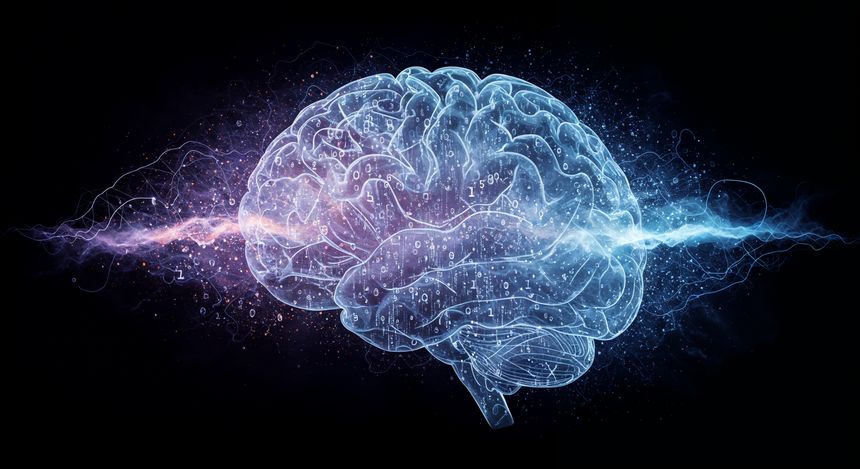A new meta-analysis published in Neurology by Leskinen et al. (2025) sheds light on how traumatic brain injury (TBI) affects the brain’s internal communication systems. Drawing on data from 76 fMRI studies and over 5,000 participants, the research explores how TBI disrupts functional connectivity - the way different regions of the brain interact and coordinate.
This study has important implications for insurers and those involved in brain injury claims.
What the Study Found
Disruptions were observed across key brain networks, including the default mode, attention, and executive control networks.
In mild TBI, changes were most frequent in the default mode and ventral attention networks - areas linked to focus, emotional regulation, and self-awareness.
In moderate to severe TBI, the frontoparietal and attention networks were more affected, which are crucial for decision-making and working memory.
Interestingly, while consistent patterns emerged, no clusters survived FWER correction, underscoring the need for larger datasets and more standardised fMRI analysis methods.
In summary, these findings challenge traditional classification systems that often overlook the subtle, widespread changes that can persist long after the initial injury.
Why This Matters for Insurers
Better Prognostic Tools - Functional connectivity offers a more refined view of brain injury, helping predict long-term outcomes such as cognitive decline.
Objective Evidence - Advanced imaging can provide measurable data to support or challenge subjective symptom reports - especially useful in mild TBI cases where conventional scans may appear normal.
More Effective Rehabilitation Planning - Knowing which networks are affected allows for more targeted rehabilitation, potentially improving recovery and reducing costs.
Claims Handling - The study offers a new layer of evidence to help assess causation and prognosis, leading to better claim management and more accurate reserving.
A Shift in Perspective
This research supports a growing view in neurology: TBI isn’t just a focal injury, it’s a network-level disorder. That shift in understanding calls for more sophisticated approaches to assessment and rehabilitation, especially in the personal injury sector.
Final Thoughts
As our understanding of brain connectivity evolves, so should the frameworks we use to evaluate and support those affected by TBI. Insurers who embrace these insights will be better equipped to manage these cases more effectively and set a more accurate reserve at the outset.
At Clyde & Co, our Brain Injury Subject Matter Group (SMG) continually monitors emerging research and developments in neurorehabilitation, neuroscience, and brain-injury claims. We’re committed to providing our clients with clear, practical insights on the issues that matter. If you’d like to explore more of our thought leadership on brain injury, you can find our full library of articles and updates here.


/Passle/59994aefb00e801a0c1447be/SearchServiceImages/2025-12-10-07-32-05-080-693921f5c47d027aed97f070.jpg)
/Passle/59994aefb00e801a0c1447be/SearchServiceImages/2025-12-10-15-40-45-257-6939947d02740079da0bf8c6.jpg)
/Passle/59994aefb00e801a0c1447be/SearchServiceImages/2025-11-19-08-52-31-626-691d854f11052ef2a4d9eb33.jpg)